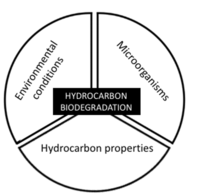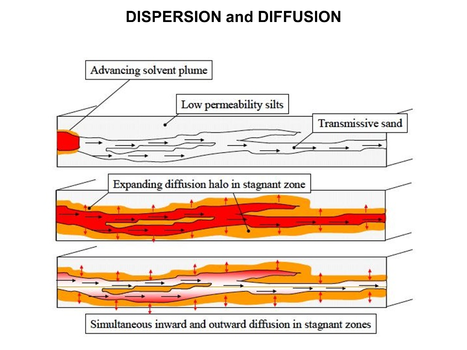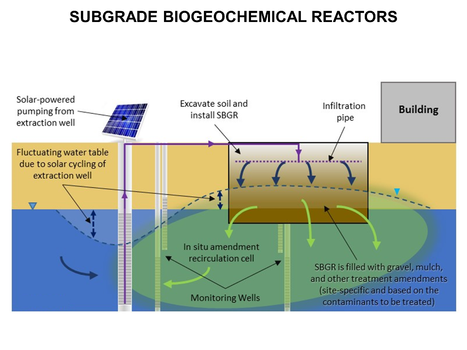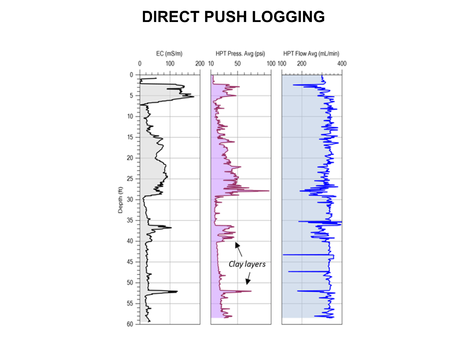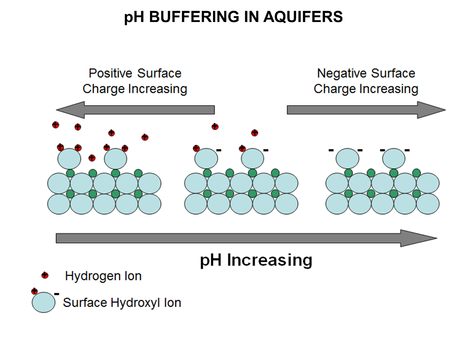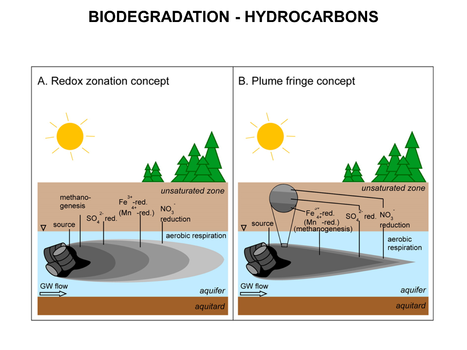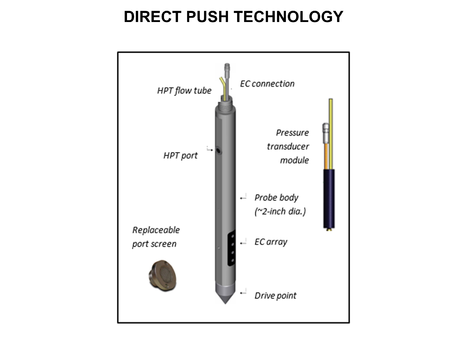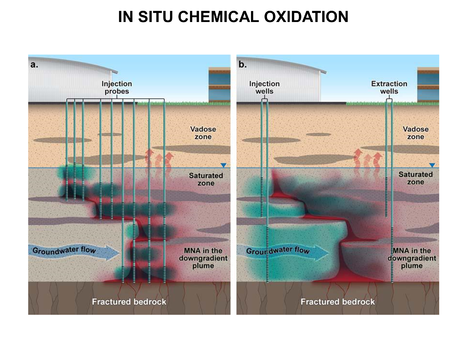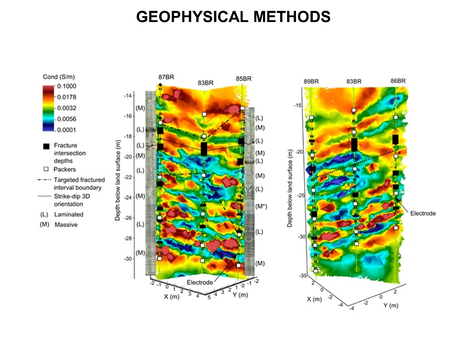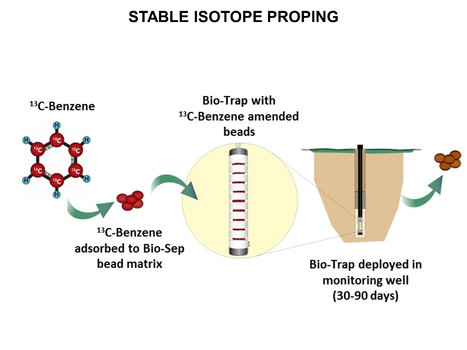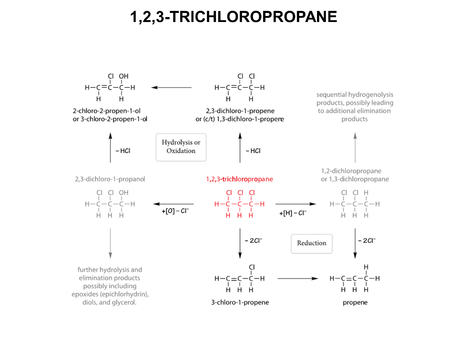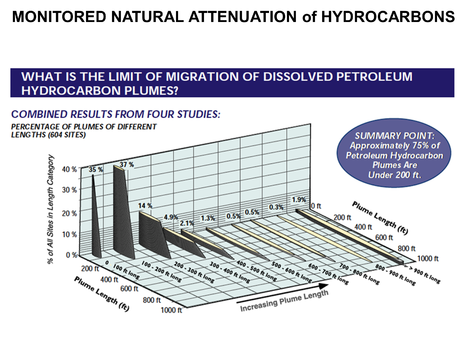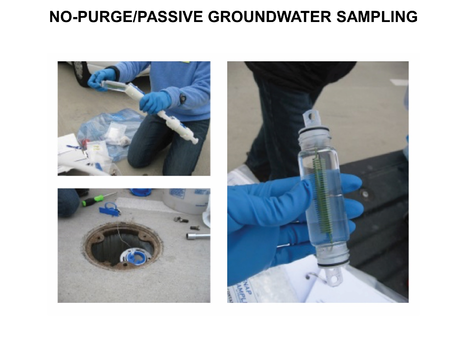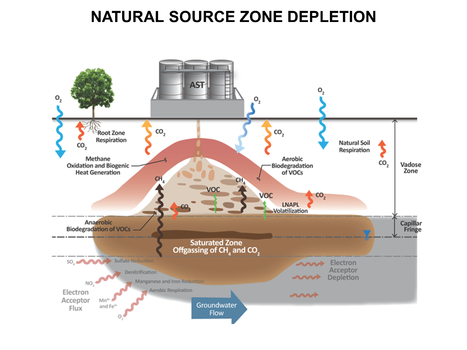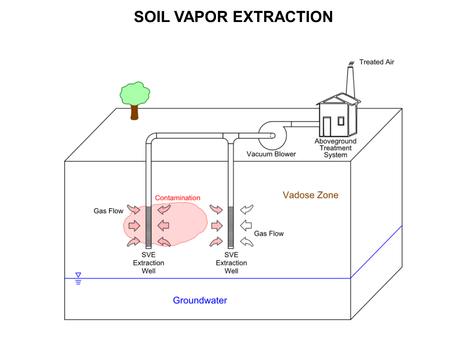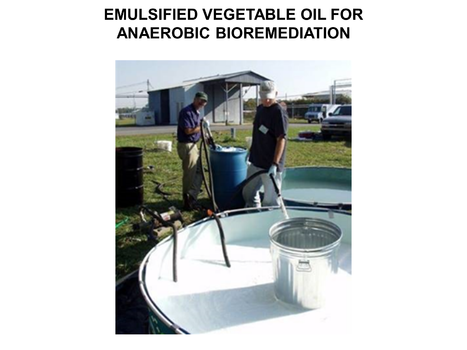Difference between revisions of "Main Page"
| Line 6: | Line 6: | ||
|- | |- | ||
| <span style="line-height: 0.3em;"> The goal of the ENVIRO.wiki is to make scientific and engineering research results more accessible to the target audience, facilitating the permitting, design and implementation of environmental projects. Articles are written and edited by invited experts (see [[Contributors]]) to summarize current knowledge for environmental professionals on an array of topics, with cross-linked references to reports and technical literature. </span> | | <span style="line-height: 0.3em;"> The goal of the ENVIRO.wiki is to make scientific and engineering research results more accessible to the target audience, facilitating the permitting, design and implementation of environmental projects. Articles are written and edited by invited experts (see [[Contributors]]) to summarize current knowledge for environmental professionals on an array of topics, with cross-linked references to reports and technical literature. </span> | ||
| − | |<center><span style="font-size:110%">''Your Environmental Information Gateway ''</span></center> | + | |<center><span style="font-size:110%"><br/><br/>[[#Table of Contents|Table of Contents]]<br/><br/>''Your Environmental Information Gateway ''</span></center> |
<inputbox> type=fulltext | <inputbox> type=fulltext | ||
placeholder=Search Enviro Wiki | placeholder=Search Enviro Wiki | ||
| Line 65: | Line 65: | ||
| class="MainPageBG" style="width:50%; background:#f5faff; vertical-align:top; color:#000;" | | | class="MainPageBG" style="width:50%; background:#f5faff; vertical-align:top; color:#000;" | | ||
{| id="mp-left" style="width:100%; vertical-align:top; background:#f9f9f9;" | {| id="mp-left" style="width:100%; vertical-align:top; background:#f9f9f9;" | ||
| − | | style="padding:2px;" |<h2 id="mp-tfa-h2_2" style="margin:3px; background:#cef2e0; font-family:inherit; font-size:120%; font-weight:bold; border:1px solid #a3bfb1; text-align:center; color:#000; padding:0.2em 0.4em;">Table of Contents <span style="font-size:85%; font-weight:bold;"></span></h2> | + | | style="padding:2px;" |<h2 id="mp-tfa-h2_2" style="margin:3px; background:#cef2e0; font-family:inherit; font-size:120%; font-weight:bold; border:1px solid #a3bfb1; text-align:center; color:#000; padding:0.2em 0.4em;"><span id="#Table of Contents"></span>Table of Contents <span style="font-size:85%; font-weight:bold;"></span></h2> |
{| style="width:100%; vertical-align:top; " | {| style="width:100%; vertical-align:top; " | ||
Revision as of 18:42, 12 May 2019
Peer Reviewed. Accessible. Written By Experts |
|
| The goal of the ENVIRO.wiki is to make scientific and engineering research results more accessible to the target audience, facilitating the permitting, design and implementation of environmental projects. Articles are written and edited by invited experts (see Contributors) to summarize current knowledge for environmental professionals on an array of topics, with cross-linked references to reports and technical literature. | Table of Contents Your Environmental Information Gateway |
Featured article / Biodegradation - HydrocarbonsHigh-pressure membrane filtration such as nanofiltration (NF) or reverse osmosis (RO) is a filtration process that separates dissolved inorganic and organic solutes from liquid solvents, typically water. As opposed to porous and more permeable low-pressure membranes (i.e., microfiltration and ultrafiltration), NF and RO membranes are widely considered semi-permeable and therefore require higher operating pressures to force water against an osmotic gradient to produce a purified permeate stream. NF and RO systems are separation processes that yield two streams: the treated permeate and the concentrated retentate. Typical parameters used to describe operational performance of high-pressure membrane systems include solvent recovery and solute rejection. Recovery is defined as the percentage of feed water that becomes permeate. Solute rejection is defined as the percent of concentrated feed water retained by the membrane. Significant advancements in membrane material development have led to development of NF and RO membranes with varying pressure requirements and solute rejection characteristics.
(Full article...) |
Enviro Wiki Highlights |

